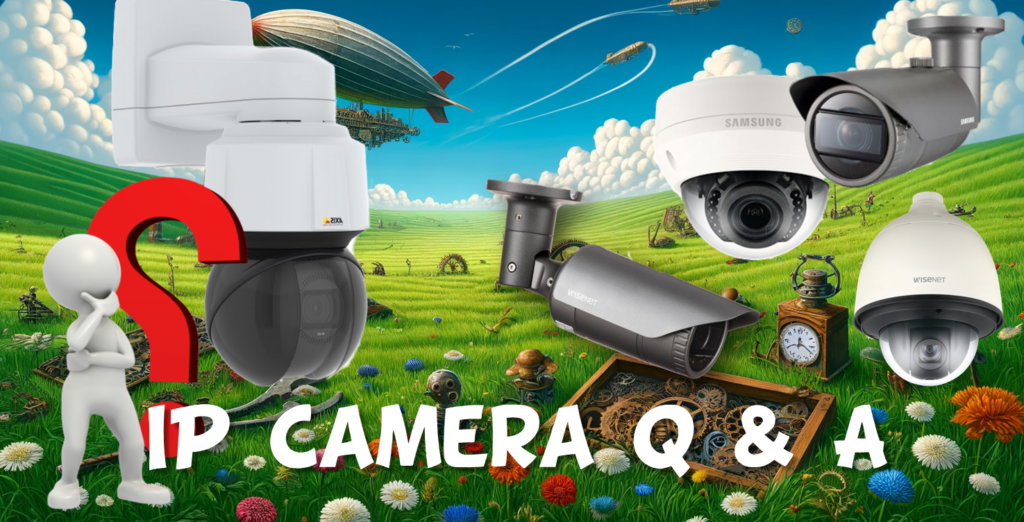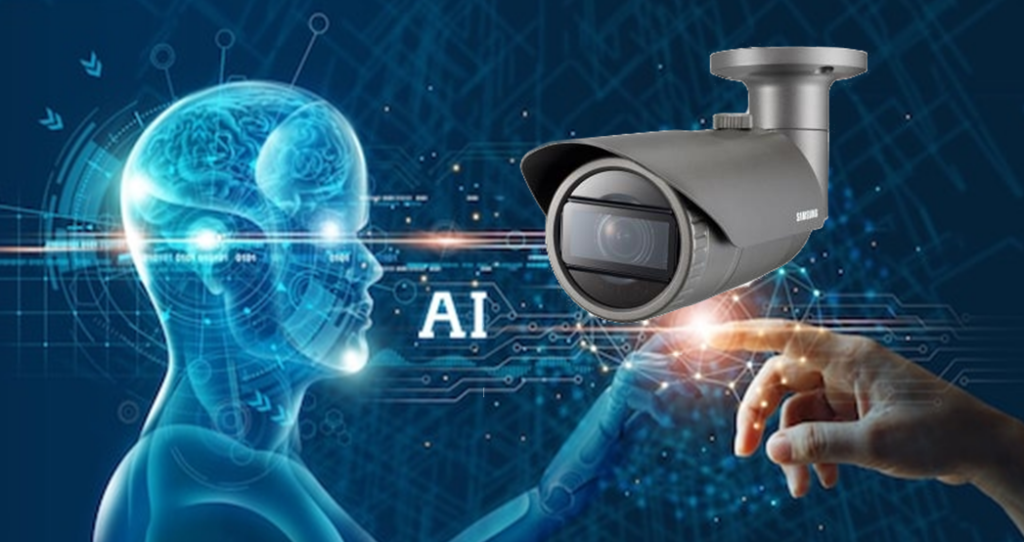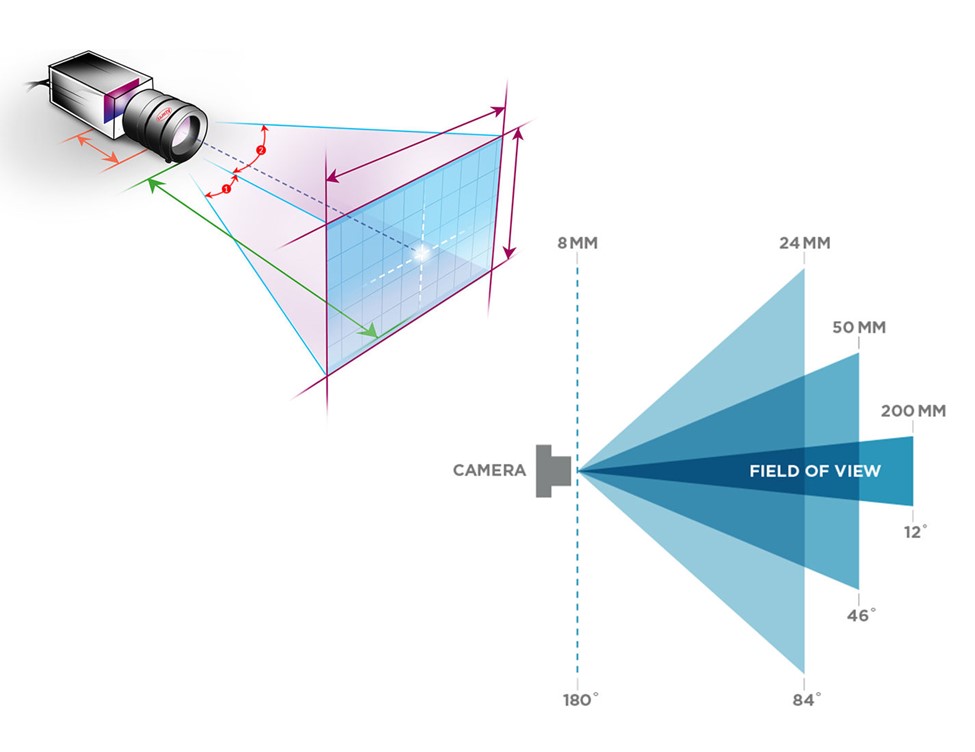Answers to Questions about IP Camera Systems

We get many questions about IP camera systems and answer them daily. Here are some of the popular questions and answers.
Q: What is the best camera for my application?
A: The best IP Camera System meets your objectives. There are many different types of IP cameras. Each type of camera provides different capabilities and functions that meet specific goals. There are fixed cameras, pan, tilt, zoom cameras, low-light-level cameras, and AI-enhanced IP cameras. If you want to view a parking lot, you will require cameras different from those used to provide surveillance in a room. Each area has a unique requirement. To help you determine your objectives, look at Defining Your Objectives to learn more.
Q: How much do IP Cameras cost?
A: IP Cameras range in price from around $150 to over $3,000. The least expensive cameras provide less capability and performance than the more expensive variety. For example, you will pay more for a camera that can see in low light, has a high resolution, or includes an AI enhancement that can notify you if someone steals the laptop off the table. Please look at our article IP Cameras Price Versus Performance to learn more.
Q: What are AI-enhanced camera systems?

A: AI-enhanced cameras are really a game changer in the surveillance business. The key benefit is that Artificial Intelligence (AI) can detect threats immediately. These IP camera systems automatically detect and provide alarms that prevent threats from becoming critical. AI enhancements are embedded in some IP cameras and are also available as software that enhances many video management software systems.
Some examples of AI-enhanced software capability include gun detection, aggressive behavior, smoke and fire detection, and facial recognition. See our article IP Camera Systems With AI Protect People to learn more.
Q: How can I fix problems with my IP Camera System?
A: There are several things you can do to correct problems with your cameras. For example, you can check if the camera has power, reboot the camera, check if the camera is connected to the network, use the “ping” command to check the connection, and if there is an IP conflict. There are more suggestions in our article, IP Camera System Troubleshooting.
Q: What specifications should you look for when selecting your camera?
A: The specifications determine the resolution, low-light capability, lens field of view, and many other characteristics that could be essential for your application. Before checking the specifications, ensure you know what is necessary for your application. For example, an outdoor camera may require better low-light capability than an indoor camera. You may need a wide-angle lens and a higher-resolution camera to cover a parking lot. Please read our article What IP Camera Specifications are Important to learn more.
Q: What resolution is required to recognize a person?
A: The resolution and field of view determine what you can see with your IP Camera.

The resolution and field of view are interrelated factors that determine the clarity you see. As the field of view increases, you need more resolution to identify a person.
Identifying a person you know requires less resolution than someone you don’t. In many cases, you can recognize a person not only by their face but also by their clothes and how they walk. You require about 80 pixels/ft to recognize someone you know.
The police would like a more objective (or forensic) identification. Forensic identification provides enough detail to compare the video to a picture of a person’s face. You need much more resolution to identify a person you don’t know. You require about 160 pixels/ft to recognize someone you don’t know.
Once we know the required pixels/ft and the field of view, we can calculate the camera’s resolution. Please read our article The Field of View for IP Camera Systems to learn more about resolution and field of view.
Q: Can cameras be used in environments with hazardous gas or dust?
A: Cameras that are used in hazardous environments are placed into special enclosures that prevent explosions caused by the camera electronics. Explosion-proof systems are intrinsically safe in explosive gas or dust environments. They are designed for use in areas with a risk of explosion, such as refineries, gas pipelines, oil tankers, offshore platforms, industrial processes, chemical industries, etc. To learn more, see Explosion-Proof Cameras and Enclosures
If you have more questions or need help selecting the best IP camera, please contact us at 1-800-431-1658 in the USA or 914-944-3425 everywhere else, or use our contact form.